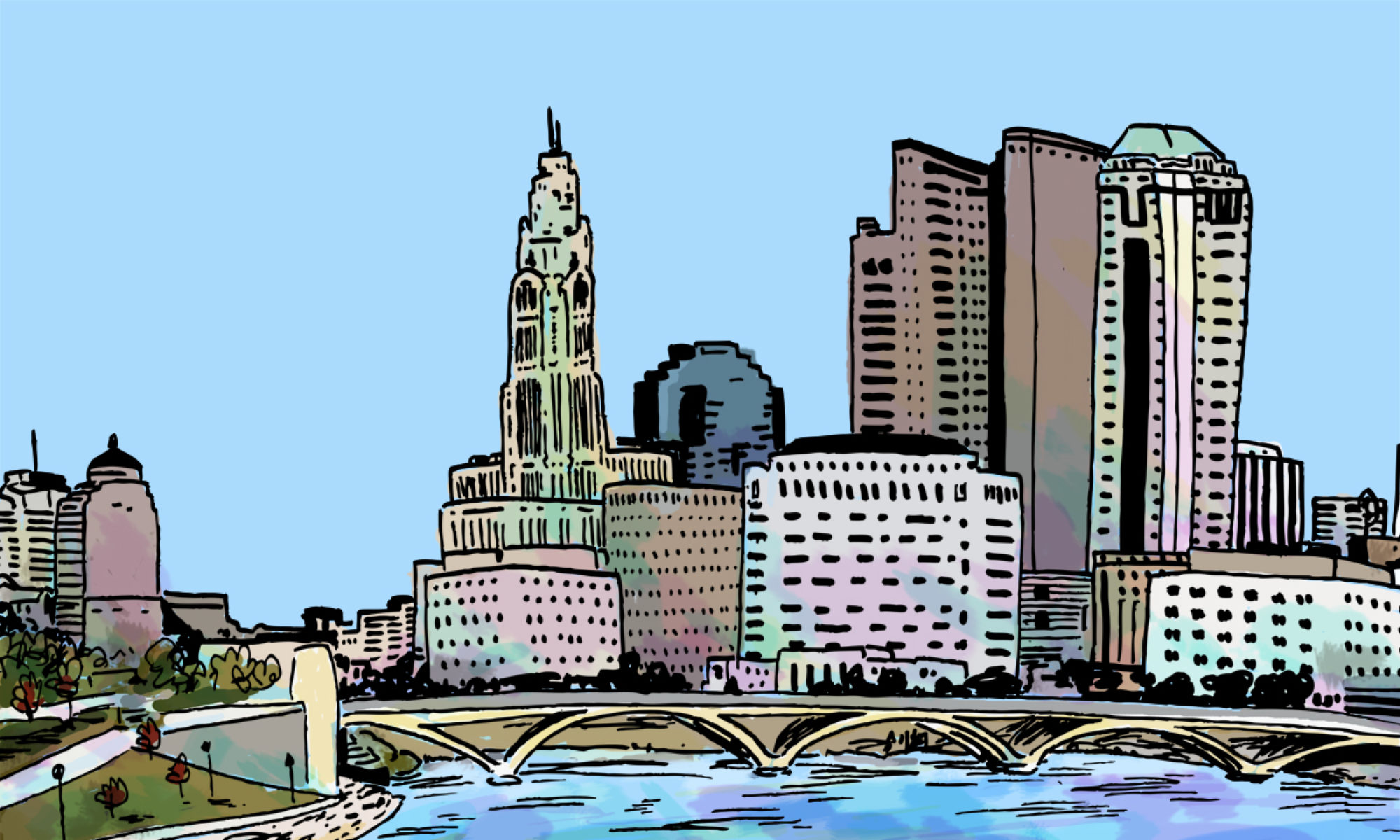Lauren McCallister is a graduate of the Columbus College of Art and Design where her studies included screenwriting. Her most recent work, Teen Girl Killed, is an autobiographical account of her teenage years. Her work can be viewed and purchased at www.truelifecomix.com, and the Laughing Ogre, where she’s been a long-time employee.
1. Why did you choose comics as your storytelling medium?
I’ve loved to read and write stories of all kinds for as long as I can remember, but there’s something about comics that I just latched on to. The visual side of the medium really allows me to pick out little moments that feel important without having to laboriously describe every detail I don’t want the audience to miss. If I tried to write prose, you’d think I was getting paid by the word!
2. Why did you choose the autobiographical genre?
It’s sometimes hard for me to verbalize my feelings in the moment in a way that satisfies. Autobiography helps me understand myself and the world better. I like to think it helps other people to better understand me too.
3. Autobiographical creators have a long history in comics. Who are the creators that influenced your work either past or present?
This is a hard question because I’ve had to read so many different things for work and probably forget half of them! Phoebe Gloeckner, Julie Doucet, John Porcellino, Ulli Lust, and Mimi Pond are some of my all time favorite autobiographical cartoonists, each for different reasons! I also read a ton of Archie comics as a kid which definitely influenced me to draw every character with one of the same three faces.
4. How did studying at the Columbus College of Art & Design help you with your work?
There wasn’t a comics major when I went there so I had to scam my teachers into letting me do comics for as many projects as possible. Also I took screenwriting, which I found to be very helpful in terms of learning to edit and tell a story efficiently.
5. As your work incorporates people from your personal life, has anyone ever been upset by their representation?
Yes. Everybody thinks they want to be in a comic until they’re actually in one. It’s hard for any of us to see ourselves through the eyes of another person, but I try to make it clear to people who appear as characters that my main priority is to tell a story. Even as a personal fan of reading into things way too much, I can’t advise looking at my comics for hints about my current opinions on anyone.
6. In “Teen Girl Killed” you are focusing on your life as a teenager. What do you think it is about being a teenager that makes good fodder for storytelling?
I think when you’re that age you feel everything a lot more intensely, which helps make for a more dramatic read when recalling it back. A lot of the plot events in Teen Girl Killed aren’t really all that monumental when you look at them objectively, but when you’re young and experiencing everything for the first time small things can take on weight that still affects you later in life. My relationship with those memories definitely changes how I construct the narrative.
7. “Teen Girl Killed” touches on a variety of issues facing teenagers such as drinking, drugs, false rumors, and sex. Has viewing your past experiences in panels changed your perspective of yourself?
A lot of my motivation for telling this story comes from the idea of gaining power over situations where, in the moment, I felt completely powerless. A lot of Teen Girl Killed is built on my character just reacting to things as they come, then rationalizing them away. I feel like by retelling the memory from my own point of view, using my own imagery exactly as it appears in my head, I can take control of it.
8. Working in the Laughing Ogre, you get to see comics on both side of the counter. How has that insight helped you develop the business side of making comics?
The top benefit of working at the store has definitely been having access to so many books. I’ve been able to try so many titles I never would have discovered on my own. As far as business goes, I could write essays on the importance of putting a price clearly visible on your books!
9. As you both write and draw, do you write first or lay out panels?
For Teen Girl Killed I outlined the plot of the entire series first, since it’s a longer story. I almost always use a 6-panel grid when laying out pages so I write a loose script for each issue with the that layout in mind. The script is mostly just any dialogue or narration and simple bullet points to remind myself what I wanted to do with each panel. My brain remembers things in stills and small moments so it’s luckily pretty easy to decide what images to use. Then I draw, ink, color with markers, and I’m done!
10. You write, draw, ink, letter, print and even staple your comics yourself. Are you trying to fully execute a vision or is there something else?
I’m definitely trying to execute a vision. My comics are close to my heart and deeply personal, so who knows how I want them to turn out better than I do?
